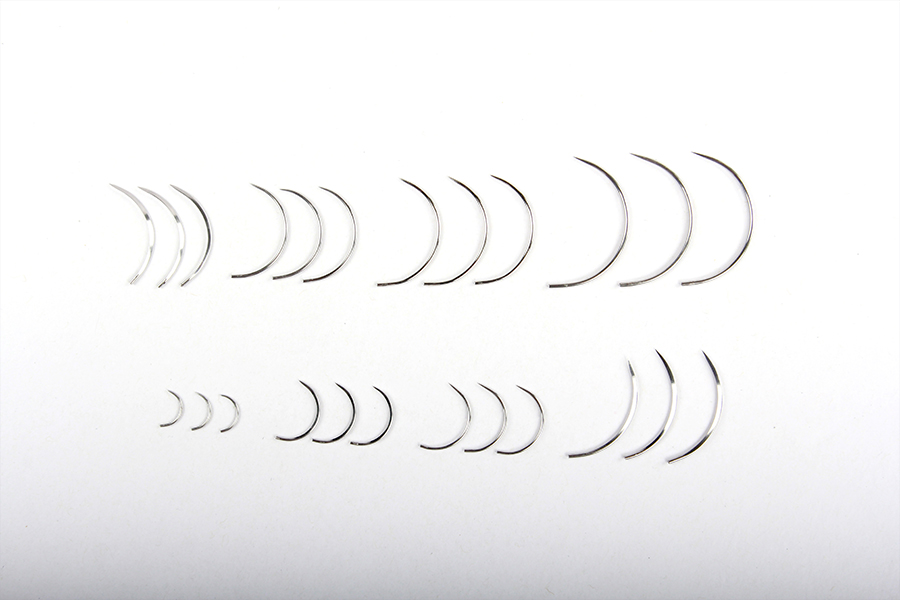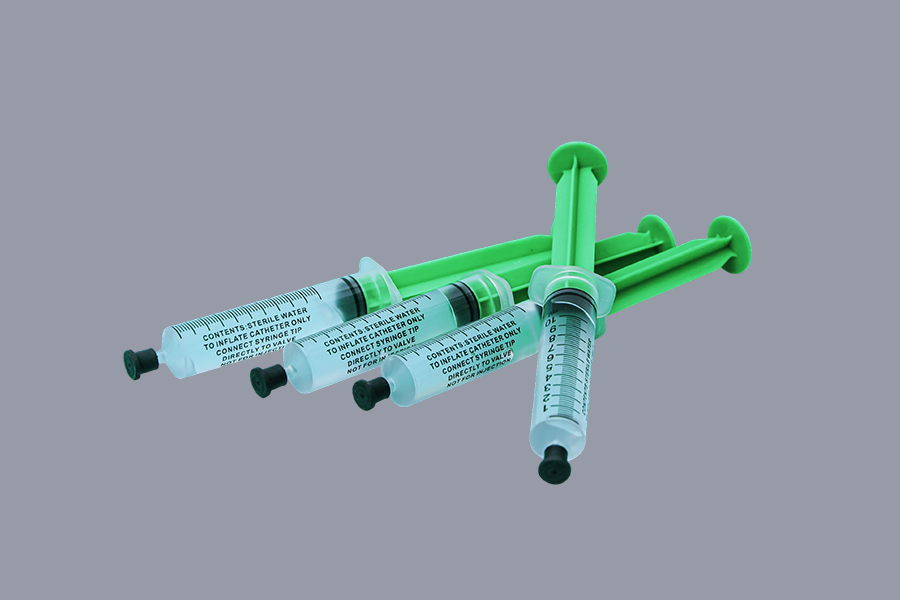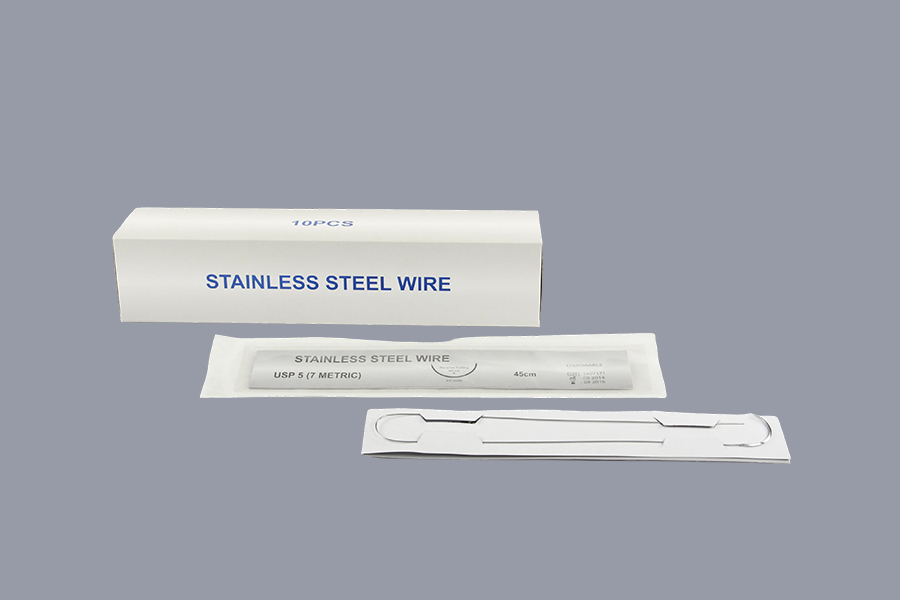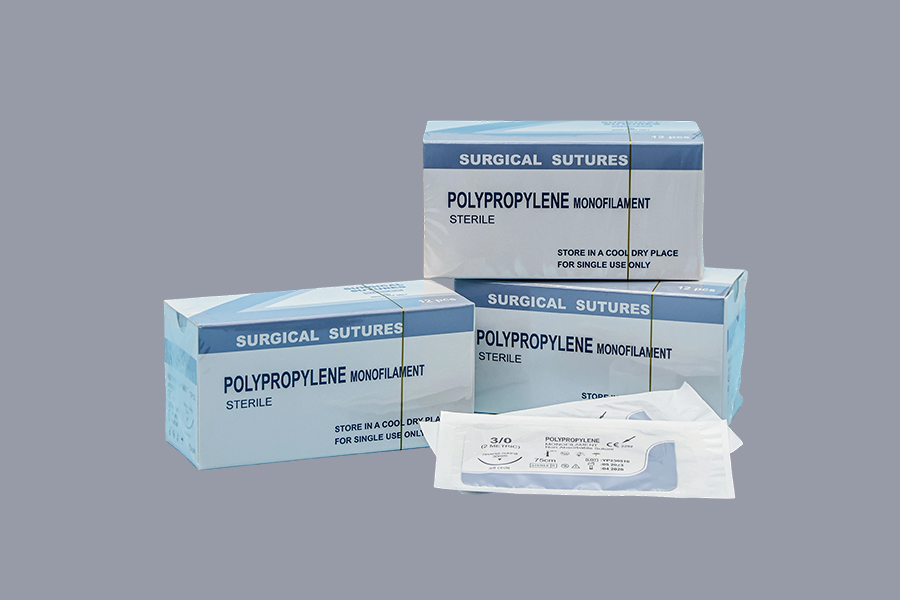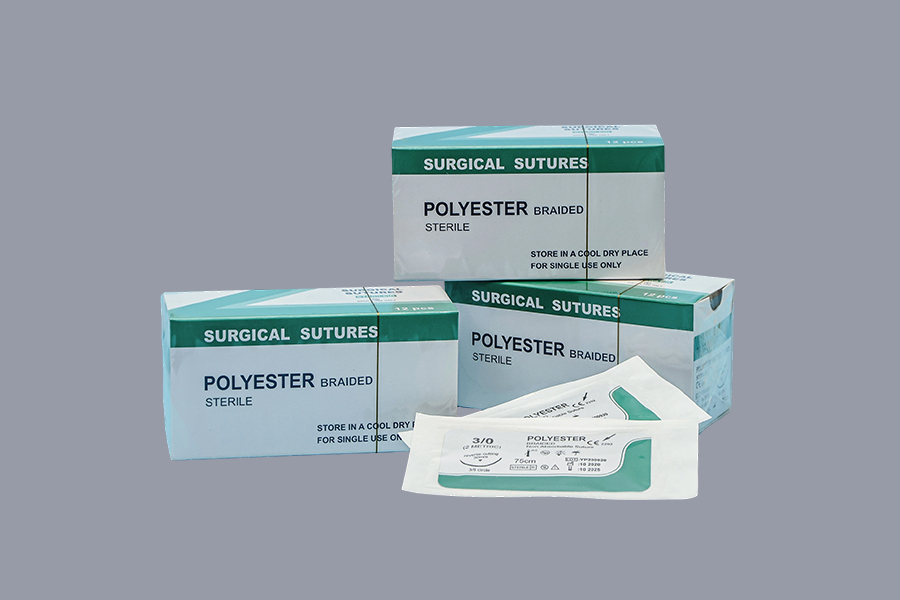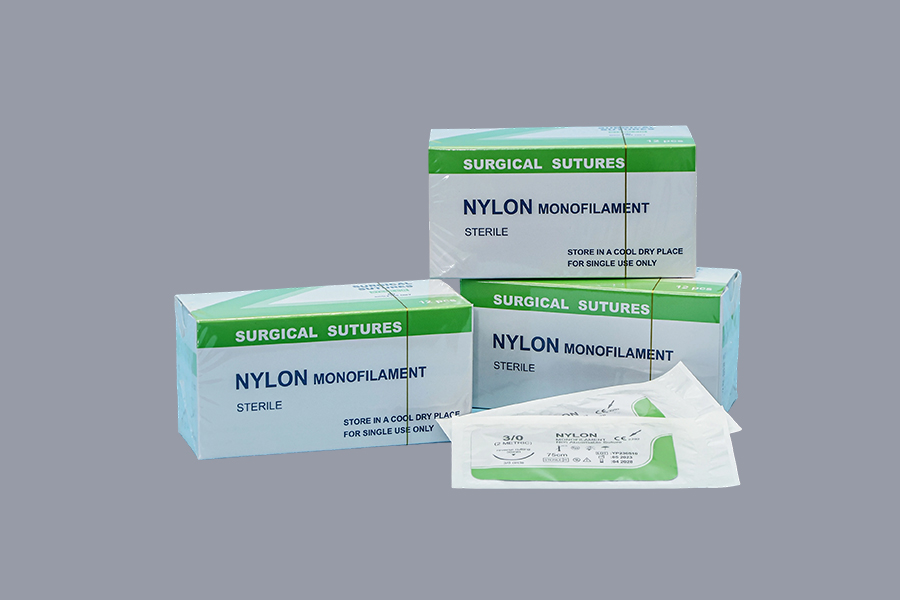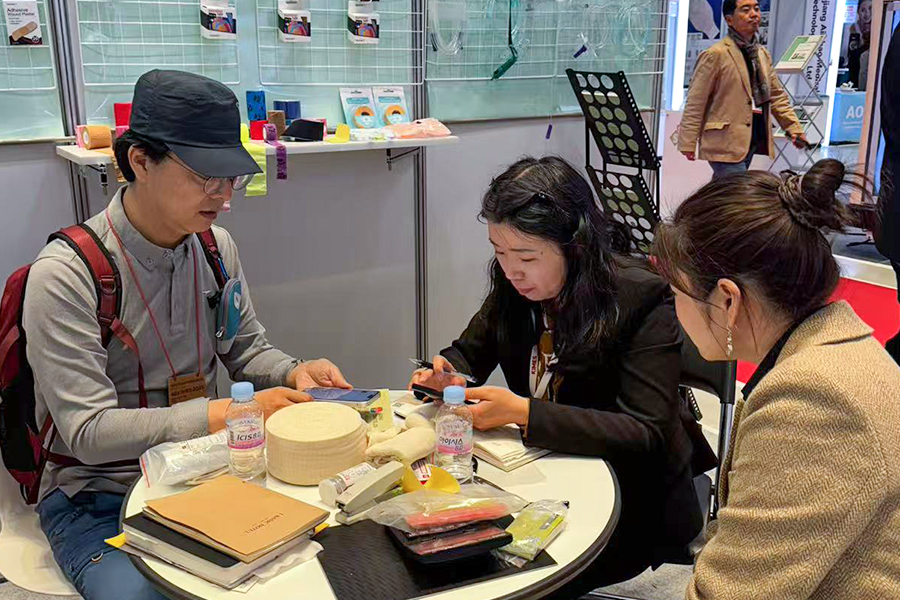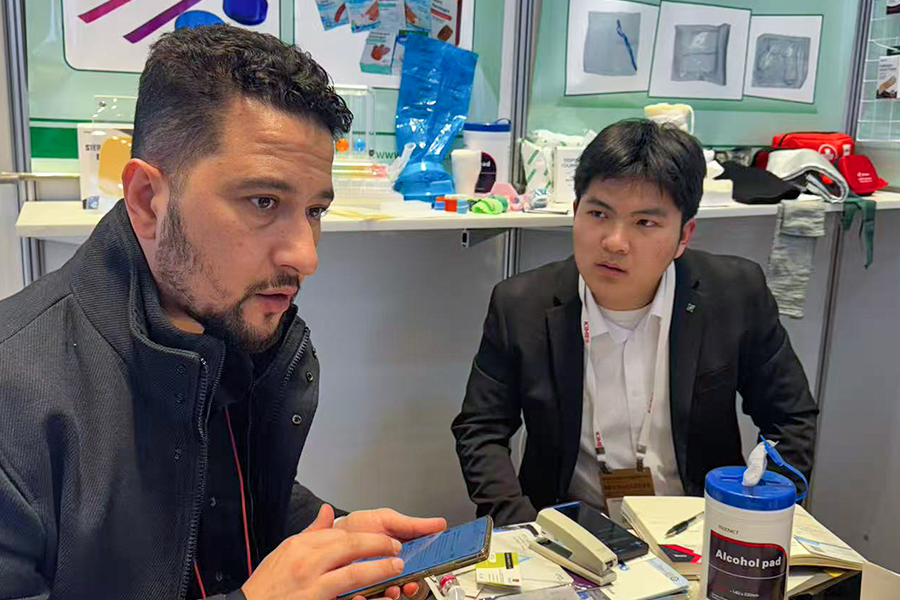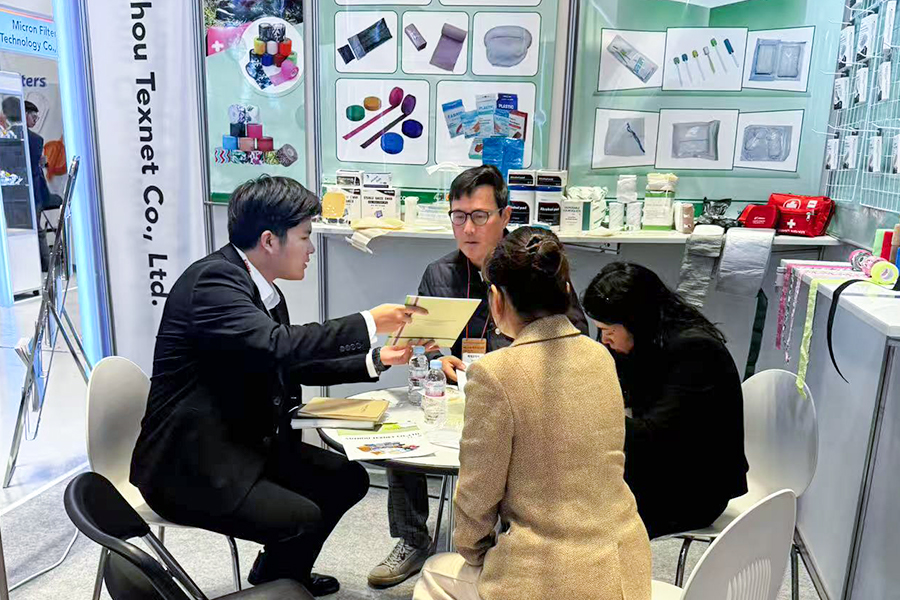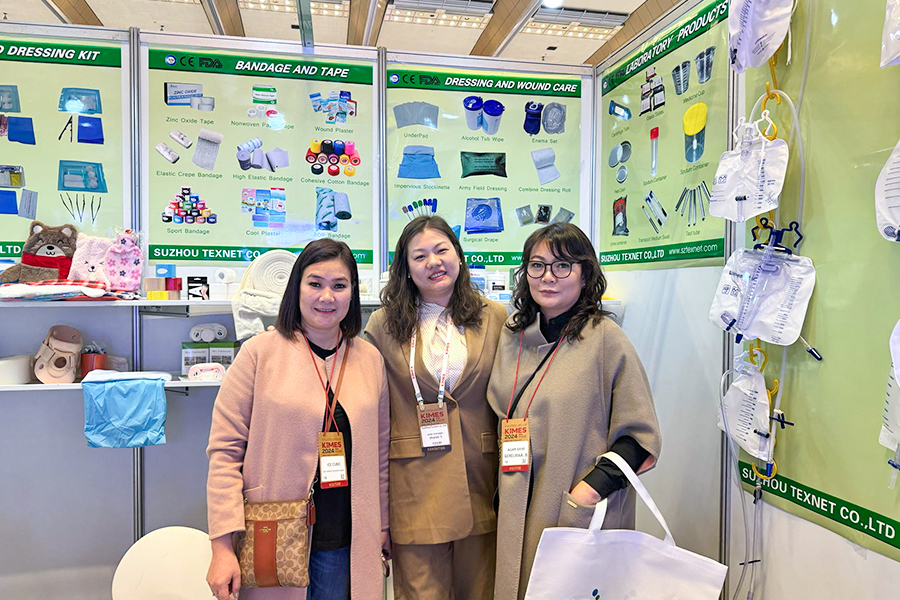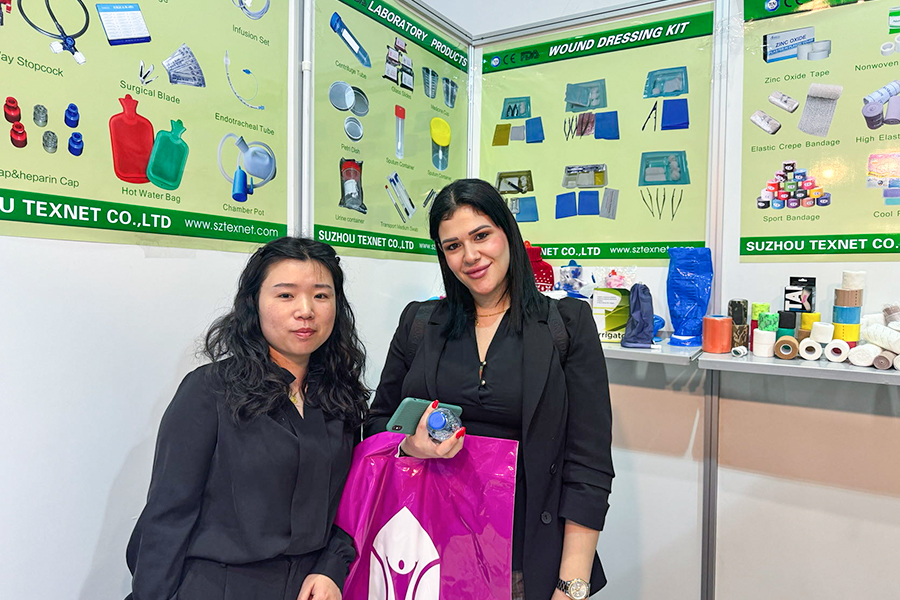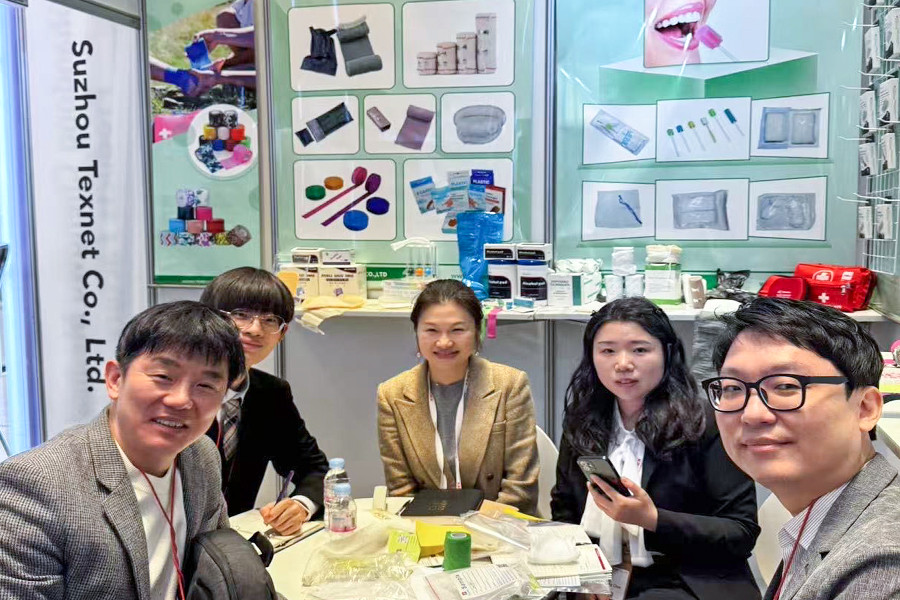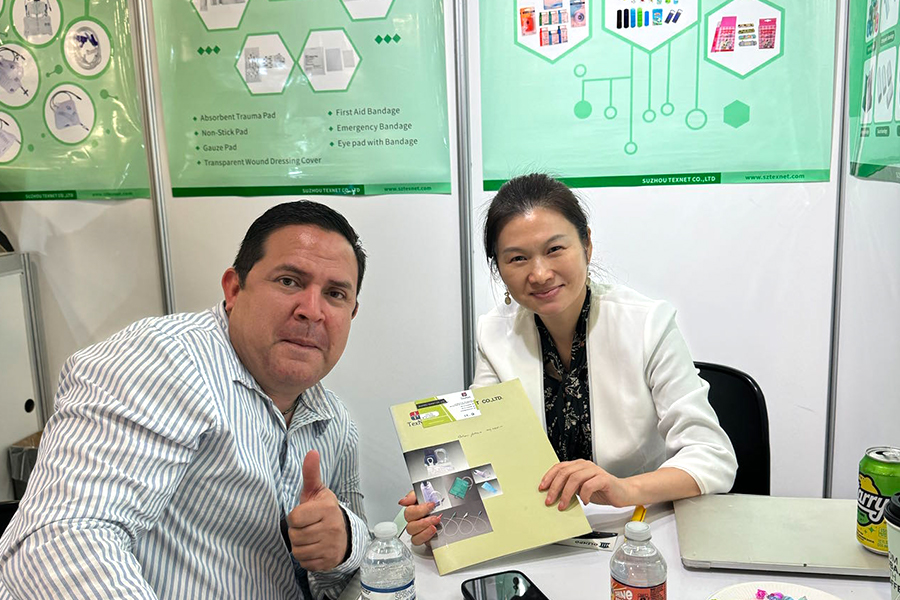
- Bandages
- Medical Tapes
- Cotton Products
- PPE Products
- Urology&Feeding Products
- Gauzes
- Procedure Kits&Dressings
- Catheters
- Surgery&Nursing
- Surgical Instruments
- Surgical Sutures
- Surgical Needles
- Surgical Blades
- Blood lancets
- Electrosurgical Pencils
- ECG
- Nasal cannulas
- Oxygen masks
- Nebulizer masks
- Venturi masks
- Spirometer
- Syringes
- Infusion sets
- IV cannulas
- Sharp boxes
- Three way Stopcocks
- Heparin caps
- Forceps
- Guedel Airways
- Light covers
- Tourniquet covers
- Lurbricant Jelly
- Lab Consumables
- Oral Care&Cleaning Products
- Sports Support
Key Considerations in Selecting and Using Laboratory Consumables for Reliable and Safe Scientific Research
How Do Laboratory Consumables Ensure Reliability and Precision in Scientific Research?
Laboratory consumables play a crucial role in guaranteeing the accuracy and consistency of experimental results. Since scientific research often depends on precise measurements and controlled conditions, any variability or error introduced by consumables can compromise the entire experiment. High-quality consumables are therefore designed with precision in mind, ensuring that measurements like liquid volumes are accurate and repeatable. For example, pipettes and syringes are engineered to deliver exact amounts of fluids, minimizing errors that could affect experimental outcomes.
The design of these consumables often incorporates specialized features to maintain reliability. Materials resistant to corrosion help prevent degradation or contamination that could alter test results. Additionally, structures such as anti-drip mechanisms are incorporated to avoid unwanted sample loss or cross-contamination, which could skew data. These small but critical design details help researchers trust that the consumables will perform consistently throughout their experiments.
Furthermore, precision in consumables is vital not only for basic research but also for advanced analytical techniques. In high-end analysis, even minor deviations can lead to significant errors, so consumables must meet stringent standards to support such work. The reliability of these items directly impacts the validity of scientific conclusions, making them indispensable tools for ensuring the credibility of research findings.
Why Is Safety and Operational Security a Major Concern for Laboratory Consumables?
Safety and operational security are critical considerations when selecting laboratory consumables because these items directly impact the well-being of researchers and the integrity of experimental procedures. Laboratory environments often involve handling hazardous chemicals, biological materials, and delicate instruments. Consumables that are designed with safety in mind help to minimize risks such as chemical exposure, contamination, and accidental spills.
Protective cleaning supplies are an essential part of maintaining a secure workspace. These products ensure that surfaces and tools are properly disinfected, reducing the chance of cross-contamination between experiments. By keeping the laboratory clean, these consumables help protect both the researchers and the accuracy of their results.
In addition, many laboratory consumables are engineered with features that enhance operational safety. For example, materials resistant to corrosion prevent degradation and potential chemical leaks over time, which could be harmful or lead to compromised experiments. Design elements like anti-drip structures help control the flow of liquids, preventing accidental spills and reducing waste.
Overall, the focus on safety in laboratory consumables is about creating a controlled, reliable environment. It allows scientists to work confidently, knowing that the tools they use will not only perform well but also protect them from potential hazards during their daily tasks.
How Important Are Material Quality and Compatibility in Laboratory Consumables?
Material quality is a critical factor when it comes to laboratory consumables, as it directly impacts the durability and performance of these items during experiments. Consumables often come into contact with a wide range of chemicals, some of which can be highly corrosive or reactive. Therefore, using corrosion-resistant materials ensures that the consumables maintain their integrity throughout the experimental process, preventing contamination and preserving the accuracy of results.
Compatibility with various experimental setups and chemicals is equally important. Laboratory consumables need to be designed and manufactured to function effectively with the specific substances and conditions they will encounter. For example, a pipette tip made from a material that reacts with an organic solvent can compromise the experiment and pose safety risks. Thus, selecting materials that are chemically inert or resistant under expected usage conditions is essential for reliable experimentation.
Moreover, the choice of materials affects not only the performance but also the safety of laboratory personnel. Materials that resist degradation reduce the risk of leaks, spills, or unexpected reactions, creating a safer working environment. This consideration extends to disposability as well, where materials must maintain quality during short-term use but also degrade safely after disposal to minimize environmental impact.
Material quality and compatibility in laboratory consumables are fundamental to achieving accurate, safe, and efficient scientific research. These factors ensure that consumables can withstand the demanding conditions of modern laboratories without compromising experimental integrity.
How Important Is Variety and Customization in Laboratory Consumables?
The variety and customization of laboratory consumables play a crucial role in meeting the diverse needs of scientific research and industrial applications. Laboratories often work with very different materials, processes, and experimental conditions, which means a one-size-fits-all approach does not work well for consumables. Having access to a wide range of products specifically designed for different industries or experimental fields ensures that researchers can find items best suited to their precise requirements.
Customization is especially important when standard consumables cannot fully meet specialized needs. For example, microbiology labs may require culture dishes with unique coatings or dimensions to support specific microbial growth conditions. Similarly, consumables used in textile research might need to be made from materials resistant to certain chemicals or designed to fit specialized machinery. By tailoring these products, manufacturers enable scientists to conduct experiments more efficiently and with higher confidence in their results.
Moreover, the ability to adapt consumables to varied experimental scenarios allows labs to maintain flexibility in their workflows. Whether the research involves handling aggressive solvents, conducting sterile procedures, or managing sensitive analyses, having consumables that are designed or modified for these conditions reduces the risk of contamination, equipment damage, or inaccurate data. This customization ultimately supports innovation by allowing researchers to push the boundaries of their fields with the right tools in hand.
Why Are Disposable and Short-Term Laboratory Consumables Important?
Disposable and short-term laboratory consumables play a crucial role in modern scientific research and industrial experiments. Because many experiments require sterile conditions to avoid contamination, using single-use items like pipette tips, culture dishes, or syringes helps maintain sample integrity. After one use, these consumables can be safely discarded, eliminating the risk of cross-contamination between experiments and ensuring more reliable results.
From a practical standpoint, disposable consumables also save time and effort. Instead of spending resources on cleaning, sterilizing, and maintaining reusable tools, researchers can focus more on their experiments. This efficiency is particularly valuable in high-throughput laboratories or environments where rapid turnaround times are essential.
However, cost considerations are important since disposable items need to be replenished regularly. Manufacturers balance affordability with quality by designing consumables that meet performance standards while keeping costs manageable. This makes disposable laboratory consumables accessible to a wide range of labs, from small academic groups to large industrial facilities.
In addition, the environmental impact of disposable consumables is becoming an increasing concern. Laboratories and manufacturers are exploring biodegradable materials or recycling programs to mitigate waste. While disposables offer convenience and safety, finding sustainable solutions is an ongoing challenge in the field.
Overall, disposable and short-term consumables provide essential benefits in terms of contamination control, efficiency, and practicality, but must be balanced against cost and environmental considerations.
What Are the Different Types and Functions of Laboratory Consumables?
Laboratory consumables encompass a wide range of items, each designed to serve specific roles within scientific research and industrial experiments. Among the most commonly used are liquid handling tools such as pipettes and syringes. These tools are essential for measuring and transferring precise volumes of liquids, ensuring accuracy in experimental procedures. The precision of these devices directly impacts the reliability of results, making them indispensable in any laboratory setting.
Containers like beakers and culture dishes play another critical role. Beakers are versatile vessels used for mixing, stirring, and heating liquids, while culture dishes provide a controlled environment for growing cells and microorganisms. The materials used for these containers often need to be resistant to chemicals and heat, ensuring they can withstand various experimental conditions without degrading or contaminating samples.
Analysis accessories represent a more specialized category of consumables. Items such as chromatographic columns and filter membranes are crucial in separating and purifying substances within complex mixtures. Chromatographic columns help isolate specific compounds based on their chemical properties, while filter membranes are used to remove particulates or microorganisms from solutions. These accessories must maintain high quality to avoid interference with sensitive analytical instruments.
Each type of consumable is designed not only to fulfill a specific function but also to integrate seamlessly into the workflow of different experimental setups. Their design, material composition, and disposability contribute significantly to the efficiency, safety, and accuracy of laboratory operations, highlighting their indispensable role in scientific research.
-
Spill Kits for Hospitals — ...
Spill management in healthcare requires purpose-built kits that remove hazards quickly, protect staff and patients, and ensure regulatory compliance. This article explains what spill kits are designed for, how spill kits in hospitals differ from industrial sets, and the specific functions of spill c...
-
Eco-Conscious Hand Shields:...
What Are Eco-Conscious Hand Shields? Eco-conscious hand shields are protective gear designed with both safety and environmental impact in mind. Made from sustainable materials, these hand shields offer the same level of protection as traditional ones but with a reduced carbon footprint. The goal is...
Copyright © SUZHOU TEXNET CO., LTD.

The information provided on this website is intended for use only in countries and jurisdictions outside of the People's Republic of China.

 English
English Français
Français Español
Español Português
Português عربى
عربى